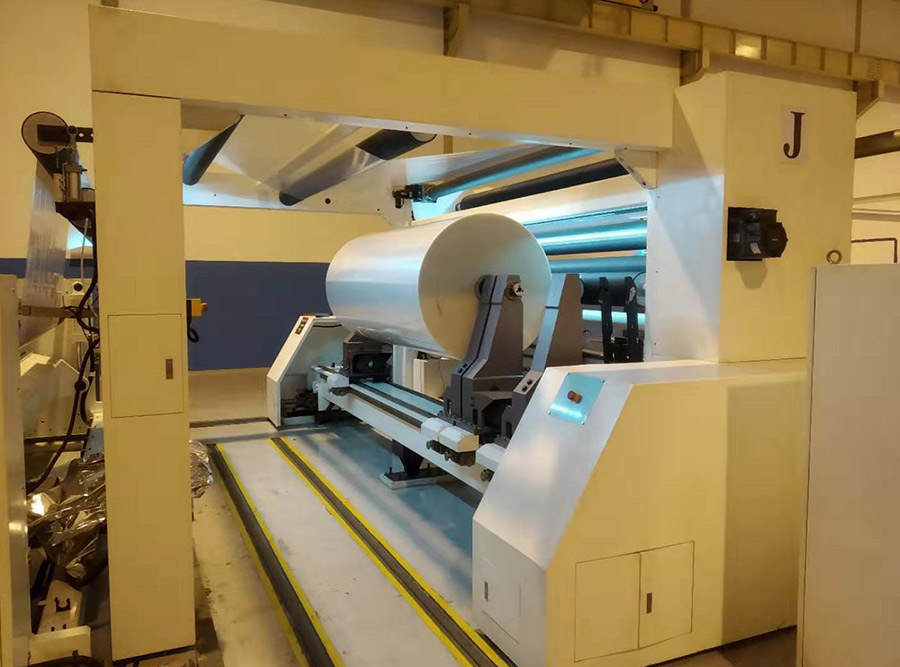The safety interlock device on a
Secondary Slitter operates on the principle of ensuring that certain safety conditions are met before the machine can start or continue its operation. The primary goal of a safety interlock is to prevent access to hazardous areas or the initiation of machine functions when it is unsafe to do so. Here's how the safety interlock device typically operates:
1. Control System Integration: The safety interlock is an integral part of the machine's control system, including the machine's control panel and the safety circuit.
2. Monitoring Safety Features: The safety interlock device monitors specific safety features and conditions on the machine. These can include:
- Machine guards and access doors: Ensuring they are properly closed and secured.
- Emergency stop (E-Stop) buttons: Ensuring they are in the reset position.
- Light curtains, safety mats, or laser scanners: Ensuring they are not breached or tampered with.
- Two-hand controls: Ensuring both hands are engaged.
3. Interlock Activation: When all safety conditions are met and safety features are in the correct position, the safety interlock device is activated, allowing the machine to start or continue its operation.
4. Lockout When Unsafe: If any of the monitored safety conditions are not met or if a breach occurs (e.g., a guard is opened, an E-Stop is pressed), the safety interlock device immediately deactivates or "locks out" the machine's control system.
5. Machine Shutdown: When the safety interlock device locks out the machine, it initiates an immediate shutdown of all machine functions. This ensures that the machine comes to a complete stop to prevent potential accidents or hazards.
6. Preventing Bypass: Safety interlocks are designed to prevent operators from bypassing safety measures. For example, an operator should not be able to start the machine if a guard is open or if they have not reset the E-Stop button.
7. Resetting the Interlock: Once the safety condition is restored (e.g., a guard is closed or an E-Stop is reset), the operator can reset the safety interlock device, typically by pressing a reset button or taking another specified action. After reset, the machine can be started again, provided that all safety conditions are met.
8. Continuous Monitoring: The safety interlock device continuously monitors the status of safety features and conditions during machine operation. If a safety condition changes while the machine is running (e.g., a guard is opened during operation), the safety interlock can initiate an immediate shutdown.
The safety interlock device plays a critical role in preventing accidents and ensuring operator safety when operating machinery like Secondary Slitters. It enforces safety protocols and helps maintain compliance with safety standards and regulations by ensuring that the machine cannot operate unless all safety measures are in place and functioning as intended.

